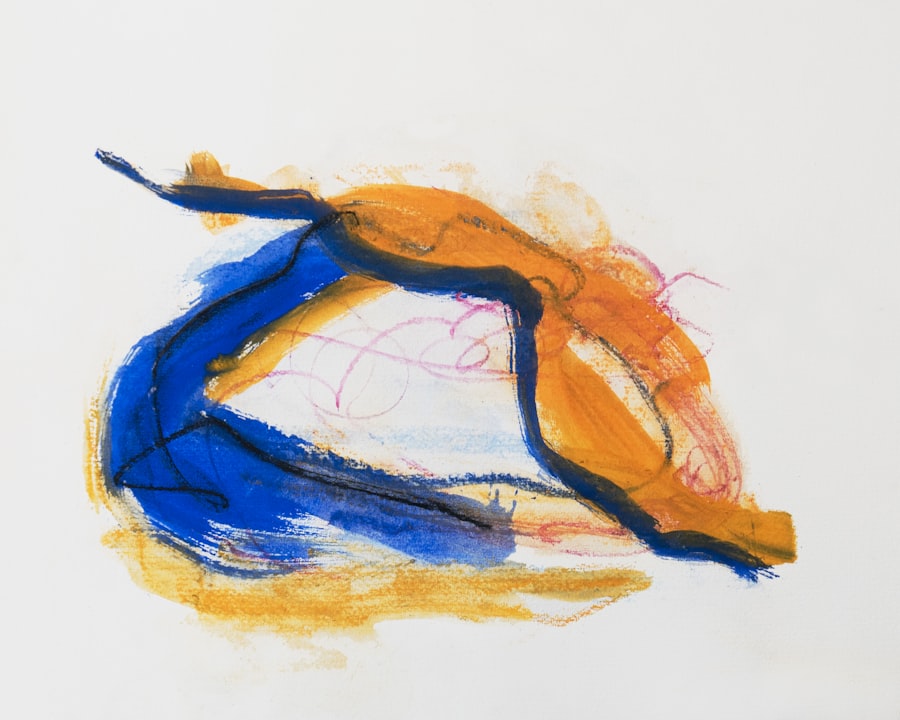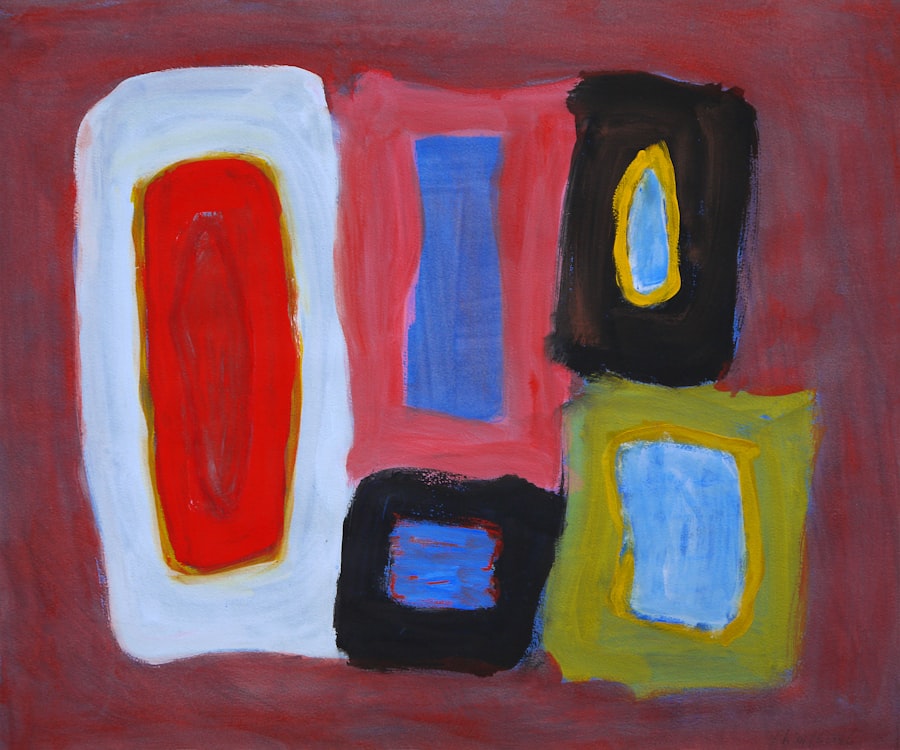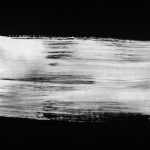Textured canvas art is a form of mixed media art that incorporates various materials and textures onto a canvas to create depth and dimension. Artists use elements such as paper, fabric, beads, and other embellishments to enhance traditional canvas paintings. This versatile art form can be applied to various styles, including abstract, contemporary, and realistic compositions.
The popularity of textured canvas art has increased in recent years due to its ability to add visual interest and tactile appeal to interior spaces. It can serve as a focal point in a room, either as a standalone piece or as part of a larger gallery wall arrangement. The creation of textured canvas art is accessible to artists of all skill levels, making it an appealing creative outlet for both professionals and hobbyists.
Textured canvas art allows for experimentation with different materials and techniques, resulting in unique and personalized pieces. This art form offers a way to incorporate creativity and individual style into home decor or workspace environments. The process of creating textured canvas art can be both enjoyable and rewarding, providing artists with a means to express themselves through a tactile and visually engaging medium.
Key Takeaways
- Textured canvas art adds depth and dimension to traditional canvas paintings, creating a unique and tactile experience for viewers.
- Materials needed for creating textured canvas art include canvas, acrylic paint, texture paste, palette knives, and various other mixed media materials for added texture and interest.
- A step-by-step guide to creating canvas collage involves preparing the canvas, applying texture paste, adding layers of paint and mixed media, and finishing with a protective sealant for longevity.
- Wall prints with textured canvas art can be created by scanning or photographing the original artwork and printing it onto various materials such as paper, fabric, or metal for a different look and feel.
- Using photo canvas for textured art involves printing a photograph onto canvas and adding texture and mixed media elements to create a unique and personalized piece of art.
- Creating teal wall art with textured canvas involves using a color palette centered around teal, incorporating various textures and mixed media elements, and experimenting with different techniques to achieve the desired effect.
- Tips for displaying and caring for textured canvas art include using proper hanging hardware, avoiding direct sunlight and moisture, and periodically dusting and cleaning the artwork to maintain its original beauty.
Materials Needed for Creating Textured Canvas Art
Creating textured canvas art requires a variety of materials to add depth and dimension to the canvas. Some essential materials for creating textured canvas art include:
– Canvas: The foundation of textured canvas art is, of course, the canvas itself. Canvas comes in various sizes and shapes, and artists can choose the one that best suits their vision for the artwork.
– Acrylic paint: Acrylic paint is a popular choice for creating textured canvas art due to its quick drying time and versatility.
Artists can use acrylic paint to create a base layer on the canvas before adding texture with other materials.
– Texture medium: Texture medium is a gel-like substance that can be mixed with acrylic paint to create texture on the canvas. This medium can be applied with a palette knife or brush to add dimension and depth to the artwork.
– Collage materials: Artists can use a variety of collage materials, such as paper, fabric, beads, and found objects, to add texture and visual interest to the canvas. These materials can be adhered to the canvas using gel medium or other adhesives.
– Brushes and palette knives: Brushes and palette knives are essential tools for applying paint and texture medium to the canvas.
Different brush sizes and shapes can be used to achieve various textures and effects on the canvas. In addition to these basic materials, artists can also experiment with other embellishments, such as stencils, stamps, and texture pastes, to create unique and personalized textured canvas art.
Step-by-Step Guide to Creating Canvas Collage

Creating a canvas collage is a fun and creative way to add texture and visual interest to a piece of artwork. Here is a step-by-step guide to creating a canvas collage:
1. Prepare the canvas: Start by preparing the canvas with a base layer of acrylic paint.
This base layer will serve as the background for the collage and can be any color or combination of colors that you desire.
2. Gather collage materials: Collect a variety of collage materials, such as paper, fabric, beads, and other embellishments, that you want to incorporate into the collage. These materials can be in various colors, patterns, and textures to add depth and dimension to the artwork.
3.
Arrange the collage materials: Experiment with arranging the collage materials on the canvas to create a composition that is visually appealing. You can overlap and layer the materials to create interesting textures and patterns.
4. Adhere the materials: Once you are satisfied with the arrangement of the collage materials, use gel medium or another adhesive to adhere them to the canvas.
Apply the adhesive to the back of each material and press it onto the canvas, smoothing out any wrinkles or air bubbles.
5. Add texture medium: After the collage materials are securely adhered to the canvas, you can further enhance the texture by applying texture medium with a palette knife or brush. This step adds depth and dimension to the collage and creates a cohesive look.
By following these steps, you can create a unique and visually interesting canvas collage that adds texture and personality to any space.
How to Create Wall Prints with Textured Canvas Art
| Step | Description |
|---|---|
| 1 | Choose a high-resolution image or design for the wall print |
| 2 | Select a textured canvas material for printing |
| 3 | Use a professional printing service for best results |
| 4 | Consider adding a protective coating for longevity |
| 5 | Hang the canvas print securely on the wall |
Creating wall prints with textured canvas art is a great way to showcase your artwork and add a personal touch to your home decor. Here’s how you can create wall prints with textured canvas art:
1. Choose your artwork: Start by selecting the textured canvas art that you want to turn into a wall print.
This could be a piece that you have created yourself or one that you have purchased from an artist.
2. Scan or photograph the artwork: Use a high-quality scanner or camera to capture an image of the textured canvas art. Make sure that the lighting is even and that the image is in focus to capture all the details and textures of the artwork.
3.
Edit the image: Use photo editing software to adjust the colors, contrast, and sharpness of the image to accurately represent the original artwork. You may also need to crop the image to fit the desired print size.
4. Print the image: Once you are satisfied with the edited image, you can print it onto high-quality paper or canvas using a professional printing service.
Consider using archival-quality paper or canvas for long-lasting prints.
5. Frame the print: Finally, frame the printed image using a frame that complements the artwork and fits your decor style. A well-chosen frame can enhance the overall look of the wall print and make it stand out as a focal point in any room.
By following these steps, you can turn your textured canvas art into beautiful wall prints that can be displayed and enjoyed in your home for years to come.
Using Photo Canvas for Textured Art
Photo canvas is a versatile material that can be used to create textured art with depth and dimension. Here’s how you can use photo canvas for textured art:
1. Prepare the photo canvas: Start by preparing the photo canvas with a base layer of acrylic paint in the color of your choice.
This base layer will serve as the background for the textured art.
2. Add texture medium: Mix texture medium with acrylic paint to create texture on the photo canvas. Use a palette knife or brush to apply the texture medium in various patterns and thicknesses to create depth and dimension.
3.
Incorporate collage materials: Experiment with incorporating collage materials, such as paper, fabric, beads, and other embellishments, onto the photo canvas to add visual interest and texture. These materials can be adhered using gel medium or other adhesives.
4. Create layers: Layer different textures and materials on the photo canvas to create depth and complexity in the artwork.
Overlapping textures can create interesting visual effects and make the artwork more dynamic.
5. Seal the artwork: Once you are satisfied with the composition of the textured art on the photo canvas, seal it with a clear acrylic sealer to protect the artwork and enhance its colors and textures. By using photo canvas as a base for textured art, you can create visually interesting pieces that add depth and dimension to any space.
Creating Teal Wall Art with Textured Canvas

Teal wall art is a popular choice for adding a pop of color and personality to any room. Here’s how you can create teal wall art with textured canvas:
1. Choose your color scheme: Start by selecting shades of teal that you want to incorporate into your textured canvas art.
Consider using different shades of teal along with complementary colors to create visual interest.
2. Prepare the canvas: Begin by preparing the canvas with a base layer of teal acrylic paint. This base layer will serve as the background for your teal wall art and will set the tone for the rest of the artwork.
3.
Add texture medium: Mix texture medium with teal acrylic paint to create texture on the canvas. Use a palette knife or brush to apply the texture medium in various patterns and thicknesses to add depth and dimension to the artwork.
4. Incorporate additional colors: Experiment with incorporating additional colors into your teal wall art to create contrast and visual interest.
You can use complementary colors or shades of teal to create dynamic compositions.
5. Seal the artwork: Once you are satisfied with the composition of your teal wall art, seal it with a clear acrylic sealer to protect the artwork and enhance its colors and textures. By following these steps, you can create teal wall art with textured canvas that adds a touch of color and personality to any room.
Tips for Displaying and Caring for Textured Canvas Art
Once you have created your textured canvas art, it’s important to display and care for it properly to ensure that it remains in good condition for years to come. Here are some tips for displaying and caring for textured canvas art:
1. Choose an appropriate location: When displaying your textured canvas art, choose a location away from direct sunlight, extreme temperatures, and high humidity.
These environmental factors can cause damage to the artwork over time.
2. Use proper hanging hardware: Use appropriate hanging hardware, such as D-rings or sawtooth hangers, to securely hang your textured canvas art on the wall. Make sure that the hardware is properly installed to prevent damage to the artwork.
3.
Clean with care: If your textured canvas art becomes dusty or dirty, gently dust it with a soft brush or microfiber cloth. Avoid using water or cleaning solutions, as these can damage the artwork.
4. Protect during transport: If you need to transport your textured canvas art, carefully wrap it in acid-free paper or bubble wrap to protect it from damage during transit.
5.
Consider professional framing: To further protect your textured canvas art, consider having it professionally framed with UV-protective glass or acrylic to prevent fading from sunlight exposure. By following these tips, you can ensure that your textured canvas art remains in pristine condition and continues to be enjoyed for years to come.


